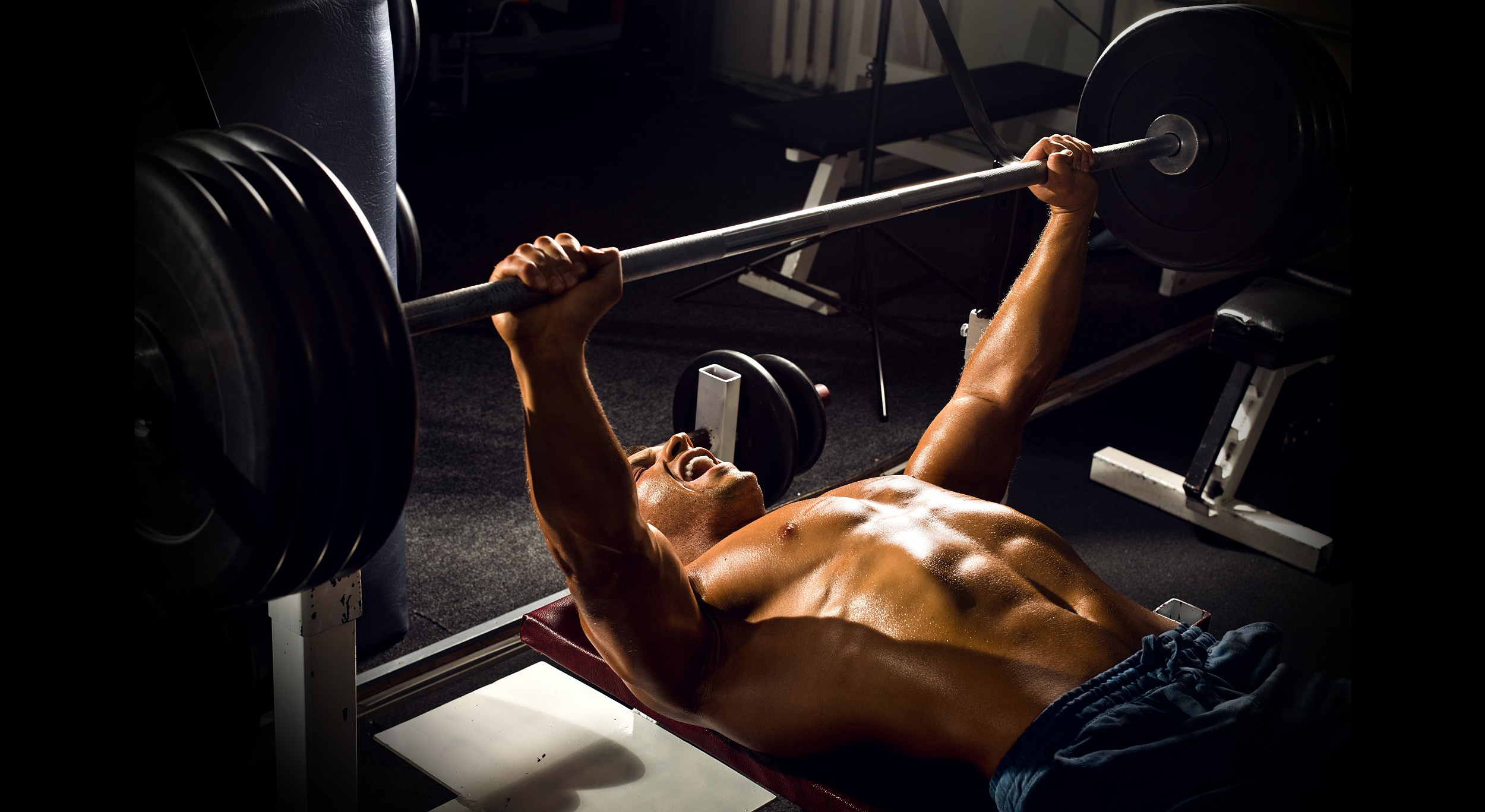The Best Dumbbell Chest Press You’re Not Doing
Dr. Joel Seedman, Ph.D.
The dumbbell squeeze press is a tremendous exercise for building functional strength and hypertrophy in the chest, triceps, and shoulders. The combination of the constant tension, metabolic stress, and high levels of mechanical tension make it an effective variation for bodybuilders and strength athletes alike. However, I’ve recently been tinkering with the movement and found that the pronated grip squeeze press also provides it’s own unique training stimulus.
Here are 2 of my football athletes demonstrating it as NFL quarterback Taylor Heinicke performs the incline variation and NFL running back Marquell Beckwith demonstrates the flat bench variation with a head-off protocol. While I consistently employ both this pronated squeeze press and the traditional neutral grip squeeze press, you could make the argument that the pronated version is superior to the traditional variation for reasons I’ll highlight in this article. With that said, here are 7 reasons why the pronated dumbbell squeeze press is so effective.
1. The traditional squeeze press using the neutral grip (shown below with additional band tension) involves a very close hand position typically somewhere between 8-10 inches apart.
While this does produce good tension for the inner portion of the pectorals it’s also very tricep and front deltoid dominant. In fact, many folks will feel their triceps and front delts more so than their chest during the traditional squeeze press. The pronated squeeze press on the other hand involves a more natural close grip chest press position typically 12-20 inches apart thereby targeting the chest to a greater degree.
2. Generally speaking the closer the hands are to each other when performing a chest press the more the inner pectorals are targeted. In contrast the wider grip tends to target the outer fibers a bit more. Fortunately the pronated squeeze press involves a grip width that falls somewhere between the two extremes thereby maximizing muscle recruitment equally throughout the entire pectorals not just the inner or outer fibers.
3. The pronated squeeze press is one of the single most effective exercises I’ve used for teaching proper barbell bench press technique. The reason for this is that it forces the lifter to tuck their elbows and flex their lats while also using an overhand or pronated grip commonly used on barbell presses. If the lifter’s elbows flare, the bottom of the dumbbells will separate. Similarly if the lifter keeps the elbows too close to the body and crowds their shoulder joint without allowing the elbows to wrap around the sides of the body, the top of the dumbbells will separate. In essence it teaches perfect elbow positioning and shoulder mechanics.
4. While the traditional squeeze press tends to be a shoulder friendly position, I’ve periodically found that the inordinately close grip can cause shoulder crowding and impingement particularly for larger athletes. The few cases I’ve witnessed this occur, I’ve had the athlete switch to the pronated squeeze press. Inevitably the shoulder pain disappears as the shoulders are packed yet not overly crowded or crammed together.
5. The pronated squeeze press is also one of the best horizontal pressing variations I’ve ever used for reinforcing optimal 90 degree depth in the eccentric position. Collapsing at the bottom and using excessive range of motion makes it nearly impossible to keep the dumbbells pressed together.
6. The pronated squeeze press requires smooth and controlled mechanics with minimal momentum, cheating, shifting, or asymmetrical pressing. Any of these form aberrations will cause the dumbbells to separate almost immediately. To keep the overhand grip dumbbells pressed together throughout forces the lifter to dial in their mechanics.
7. Once the lifter becomes efficient with the pronated squeeze press they’ll find they can handle significantly heavier loads than the traditional neutral grip variation most likely because of the more natural grip width. The combination of overload and constant tension from squeezing the weights together makes for a potent strength and hypertrophy stimulus.
If you’re looking for a training program that teaches you how to implement unique squats, lunges, and hinges into your routine check out my Complete Templates.

















































